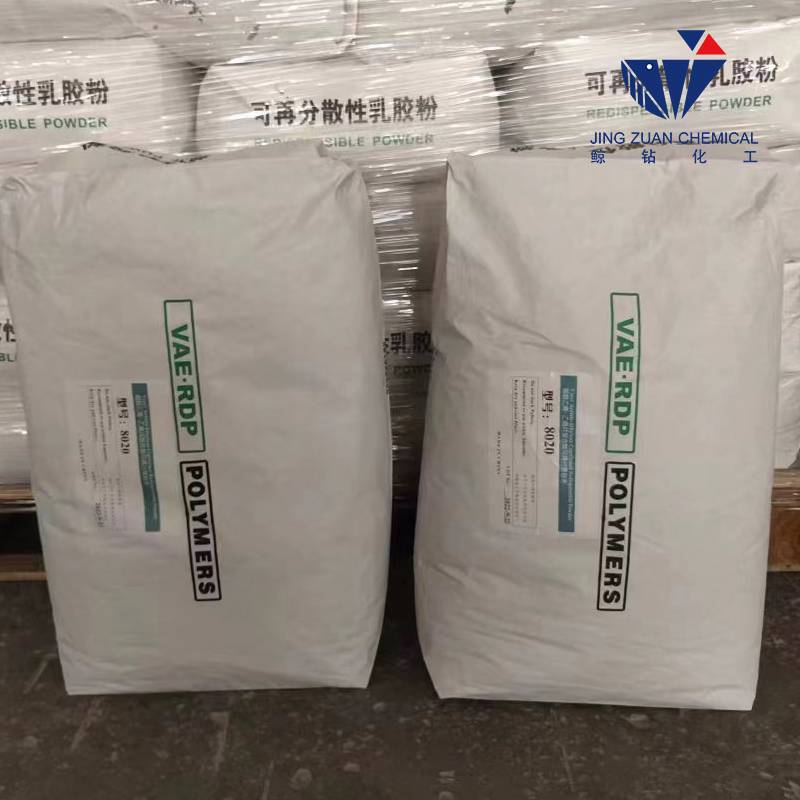
Nov . 13, 2024 22:13 Back to list
hpmc for mortar
The Importance of HPMC in Mortar Applications
Hydroxypropyl methylcellulose (HPMC) is a versatile cellulose derivative that has gained widespread popularity in various construction materials, especially in mortar formulations. This article explores the significance of HPMC in mortar applications, its characteristics, benefits, and the reasons behind its increasing usage in the construction industry.
What is HPMC?
HPMC is a non-ionic, water-soluble polymer derived from cellulose. It is produced by reacting cellulose with propylene oxide and methyl chloride. Its unique chemical structure endows HPMC with various functional properties, making it an essential component in the formulation of mortars, plasters, and other building materials.
Role of HPMC in Mortar
In mortar applications, HPMC serves primarily as a thickening agent and a water-retention additive. When included in mortar mixes, HPMC significantly influences the performance of the mixture, enhancing workability and adherence properties.
1. Improved Workability HPMC modifies the viscosity of the mortar, allowing for better manipulation and application. It reduces friction in the mixture, making it easier for workers to spread and shape the mortar without reducing its structural integrity.
2. Enhanced Water Retention One of the critical performances of mortar is its ability to retain water during the curing process. HPMC helps prevent premature drying, ensuring that the mortar maintains adequate moisture levels. This retention is crucial for achieving optimal hydration of the cement particles, which contributes to the formation of a solid and durable matrix once the mortar hardens.
3. Increased Adhesion The addition of HPMC significantly enhances the adhesive properties of mortar. This is particularly beneficial in applications that require the bonding of tiles, bricks, or stones to the substrate. The improved adhesion reduces the risk of delamination or failure over time, ensuring long-lasting results.
hpmc for mortar

4. Reduction of Shrinkage Mortar can undergo shrinkage as it dries, which can lead to cracking and structural issues. HPMC helps mitigate this shrinkage due to its water-retentive characteristics, promoting a more uniform curing process and reducing stress on the material.
Benefits of Using HPMC in Mortar
The integration of HPMC in mortar formulations offers several advantages
- Versatility HPMC can be customized by altering the molecular weight and substitution levels, allowing manufacturers to tailor the properties of mortars based on specific construction requirements.
- Eco-friendly Option Being a cellulose derivative, HPMC is considered a more environmentally friendly option compared to synthetic additives. Its biodegradability and non-toxic nature appeal to builders looking for greener construction materials.
- Cost-Efficiency While HPMC might add some cost to the formulation, its benefits in enhancing performance and durability can lead to overall savings during the construction process. Better adhesion and reduced need for repairs can offset initial investments.
- Compatibility HPMC is compatible with a broad range of other additives commonly used in mortar formulations, such as plasticizers and other polymers, enhancing the overall performance of the finished product.
Conclusion
As the construction industry continues to evolve, the demand for innovative and high-performance materials grows. HPMC has emerged as a critical component in mortar applications, providing enhanced workability, water retention, adhesion, and reduced shrinkage. Its versatility, cost-effectiveness, and eco-friendly nature position HPMC as a key ingredient in the future of construction materials. As builders and manufacturers seek to improve the longevity and reliability of their structures, the use of HPMC in mortar will undoubtedly play an essential role in achieving those goals.
-
Versatile Hpmc Uses in Different Industries
NewsJun.19,2025
-
Redispersible Powder's Role in Enhancing Durability of Construction Products
NewsJun.19,2025
-
Hydroxyethyl Cellulose Applications Driving Green Industrial Processes
NewsJun.19,2025
-
Exploring Different Redispersible Polymer Powder
NewsJun.19,2025
-
Choosing the Right Mortar Bonding Agent
NewsJun.19,2025
-
Applications and Significance of China Hpmc in Modern Industries
NewsJun.19,2025







